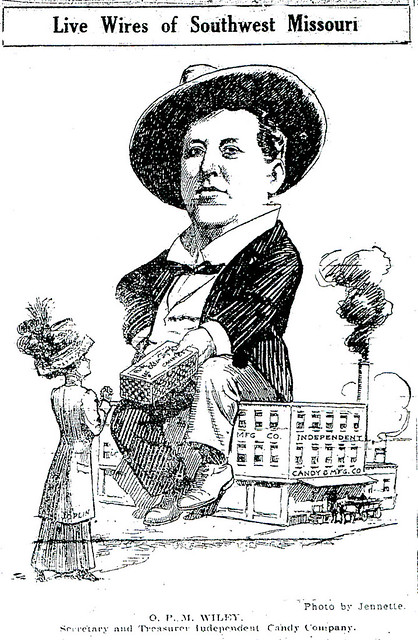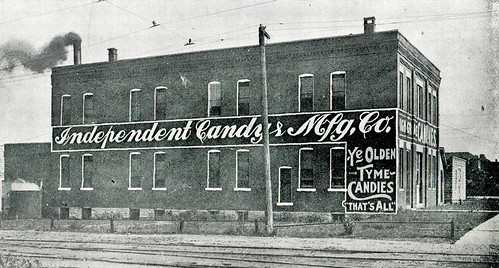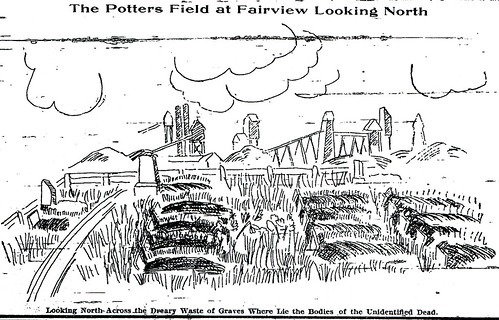If you are from Joplin or have lived in Joplin, then you have undoubtedly heard of Bonnie and Clyde’s infamous visit in 1933. You may have even visited Peace Church Cemetery to view the grave of Joplin native William “Billy” Cook who committed six murders before he was apprehended, tried, and executed at San Quentin. But you may not be aware that the two men responsible for one of the deadliest days in law enforcement history are buried in Joplin.
On the morning of January 13, 1932, the bodies of Harry and Jennings Young were brought to Joplin for burial in Fairview Cemetery. Watching the caskets being removed from the hearse, one onlooker remarked, “I wish I were the devil. If I were I’d be getting my pitchfork sharpened up for those two.” One reporter recounted that there was a “slight undercurrent of jeering” as the Young family filed toward the grave.
Harry and Jennings Young were career criminals. In 1929, after Marshal Mark Noe pulled Harry Young over for drunk driving in Republic, Missouri, Young shot and killed Noe. Harry and his brother Jennings went on the run, but returned to the Springfield area to visit family. Their presence became known when Springfield police were contacted by a car dealer who claimed that Young’s sisters had tried to sell him a couple of stolen cars. When questioned by police, the sisters admitted their brothers were holed up on a farm outside of Springfield. Greene County Sheriff Marcel Hendrix, two deputies, three Springfield city police officers , and others, headed out to apprehend the Young brothers. In the gun battle that ensued, six of the officers were killed, including Sheriff Hendrix. Some of the surviving officers were able to return to Springfield and brought back reinforcements only to find the Young brothers had escaped.
During a national manhunt, the brothers were eventually located in Texas were they engaged in another shootout with law enforcement authorities. This time, however, they did not survive. Instead, the two brothers shot each other in order to avoid capture. Their bodies were brought back to Missouri on the insistence of their mother, who, according to one reporter, could not leave the state of Missouri due to her status as a prisoner. The bodies were sent from Texas to Vinita, Oklahoma, before being embalmed at the J.J. Gees Undertaking Parlor in Pittsburg, Kansas. From there the bodies were reportedly driven to the Greene County, Missouri, line, were the hearse was met by Greene County officials who then returned it and its cargo to Joplin.
It was reported that “Joplin police protection was not afforded the funeral. [Joplin] Police Chief Harrington was opposed to holding the funeral in Joplin, and said this morning, ‘I wasn’t going to have any of my boys hurt, for no good reason.’”
Before the caskets were lowered into the ground, the lids were taken off so that the bodies of the Young brothers were visible. A Greene County deputy sheriff formally identified both corpses as that of Harry and Jennings Young and then took fingerprints. This was done so that if someone filed for a reward claim, law enforcement officials could provide the reward money without hesitation over the identity of the two men.
Dirt was then shoveled onto the caskets and the family members under arrest were taken back to the Joplin city jail for holding.
If you do plan on visiting the graves of any of the aforementioned individuals, please be respectful of each respective cemetery’s rules, and do not disturb any grave sites.
For a more detailed glimpse, including photographs of the men involved and the house, into what became known as the Young Brothers Massacre, here’s a link to a book published shortly after about the shoot out (note of warning: the book describes the bullet wounds received in graphic terms and photographs of the deceased brothers, as well there may be some creative embellishments).



